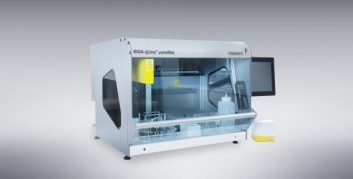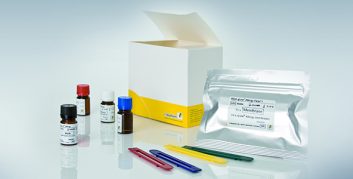Allergies are steadily increasing in industrialized countries. Nowadays, an allergy is defined as a specific hypersensitivity involving the immune system to substances which are actually harmless.
The four allergy types (type I – IV) originally classified by Coombs and Gell have meanwhile been joined by type V.
Type IV and V allergies
Type IV reactions are cellular reactions which predominantly involve T lymphocytes. The granulomatous type V allergy can be regarded as a variant of type IV allergy, as it also triggers a cell-mediated immune reaction, but involves macrophages instead of T lymphocytes.
Allergy diagnostics
As a rule, the allergens are proteins from natural sources such as pollens, animal epithelia, insect venoms, foodstuffs, mites etc., although medicines such as penicillin and its derivatives can also trigger type I allergies. Patients show often a wide range of varying symptoms and sensitization patterns against several allergens. It is necessary to test a patient’s blood whenever an allergic response or severe reaction is suspected. The allergy diagnostics of R-Biopharm AG offers two quantitative test methods for the antibody detection, the enzyme immunoassay (RIDASCREEN® Allergy ELISA) and the immunoblot (RIDA qLine® Allergy).
Choose an indication
Choose a technology
Choose your allergology product
You might also be interested in
Allergology support
Questions? Tap into our team’s expertise. We’re here to support you and your business throughout the testing process to ensure your success

















